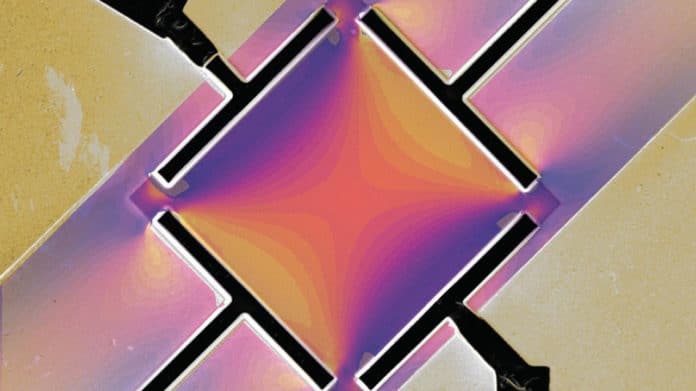Superconductivity has incredible potential to revolutionize our world, making our electronics unimaginably more efficient.
These days, this unique zero resistance superconductivity is commonly found in a number of technologies, such as magnetic resonance imaging (MRI). Future technologies, however, will harness the total synchrony of electronic behavior in superconductors – a property called the phase.
Future advancements, however, will harness the total synchrony of electronic behavior in superconductors – a property called the phase. There is currently a race to manufacture the world’s first quantum computer, which will utilize these phases to perform estimations.
EPFL’s Laboratory of Quantum Materials (QMAT), headed by Philip Moll, has been working on a specific group of unconventional superconductors known as heavy fermion materials. Scientists in collaboration with EPFL, the Max Planck Institute for Chemical Physics of Solids, the Los Alamos National Laboratory and Cornell University, made a breakthrough discovery about CeIrIn5.

They have created a metallic microdevice in which they can define and tune patterns of superconductivity. They have produced this material with superconducting regions coexisting alongside regions in a normal metallic state.
Scientists initiated with slicing very thin layers of CeIrIn5 – only around a thousandth of a millimeter thick – that they joined to a sapphire substrate. After cooling, the material contracts significantly whereas the sapphire contracts very little.
The resulting interaction puts stress on the material as if it were being pulled in all directions, in this manner distorting the atomic bonds in the slice. As the superconductivity in CeIrIn5 is strangely sensitive to the material’s exact atomic configuration, engineering a distortion pattern is everything necessary to accomplish a complex pattern of superconductivity. This new approach enables analysts to “draw” superconducting hardware on a single crystal bar, a stage that makes ready for new quantum technologies.
This mindblowing discovery is a significant step forward in controlling superconductivity in heavy fermion materials. In any case, that is not the finish of the story. Following on from this undertaking, a post-doc scientist has recently started investigating conceivable applications.
Moll said, “We could, for example, change the regions of superconductivity by modifying the material’s distortion using a microactuator. The ability to isolate and connect superconducting regions on a chip could also create a kind of switch for future quantum technologies, a little like the transistors used in today’s computing.”
The research has just been published in Science.
